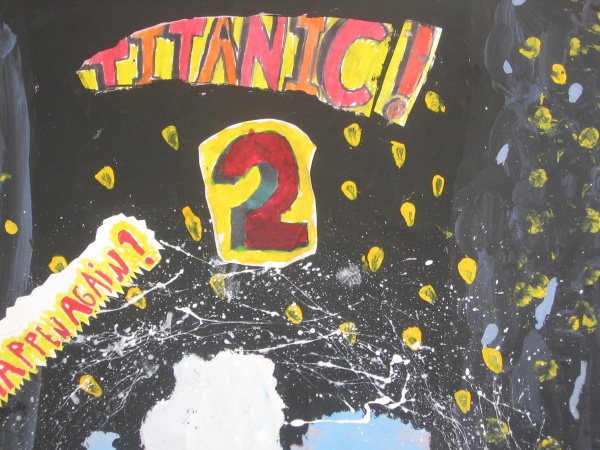On 27th March, staff and pupils at Comely Park PS proudly presented their successful collaborative work with The Park Gallery. This project was initiated by the gallery and was inspired by Ruth Nicol’s exhibition, Three Rivers Meet which combined landscape painting with poetry. The project links to Falkirk’s successful Creative Place Award and encouraged pupils to look at their place and select their favourite icons of the area.
Ruth Nicol is an award winning Scottish Contemporary landscape artist based in Edinburgh. In her exhibition Three Rivers Meet she is inspired by Alexander Moffat’s “Poets’ Pub”, and investigates the landscapes of the seven great Scottish poets. She worked directly with 8 P7 pupils from Comely Park School in her Edinburgh studio, where they produced their own landscape paintings of well-known Falkirk landmarks. The pupils had to go through a selection process to be one of the final 8 who learned new techniques and created the stunning works included in this post.
Zara said it was “A really different experience from what we were used to.” Her partner Megan said “I was really glad I put my name down. I loved being in the real artist’s studio. It was great to work with Ruth.”
Reid and Amy chose to depict the Kelpies and said “It was really easy cos we’re best friends. I drew the background then we did a horse each.”
Heather and Lisa said “I just enjoyed a bit of everything about the paint – we sprayed, and painted and chucked everything, then it really started to come to life when we added parts in.”
Tomi said “I think my favourite bit was actually going to the artist’s studio. I’ve wanted to be an artist since I was 5”
Yvonne McBlain and other invited guests were highly impressed by the whole occasion and the work shared. The paintings took centre stage, but the poetry linked to their local area produced and read by the pupils was well-written and moving. It was obvious that teachers Gillian Hepburn and Gillian Cain had maximised the value and impact of this interdisciplinary learning for their pupils in partnership with Ruth Nicol, and Barbara Murdoch, visual arts assistant with Falkirk Community Trust. Comely Park PS has a Makar named Ruby, who read her poem inspired by her local area and said “I like writing poems – it’s another way of expressing yourself.” Click here to see Barbara’s record of the second of the studio visits.
Ruth Nicol said:
“Working with the pupils and staff of Comely Park School was very exciting and has been a privilege. The creativity, commitment and expression of all the pupils was evident to see. I hope everyone enjoys the paintings and poems we have made together.”

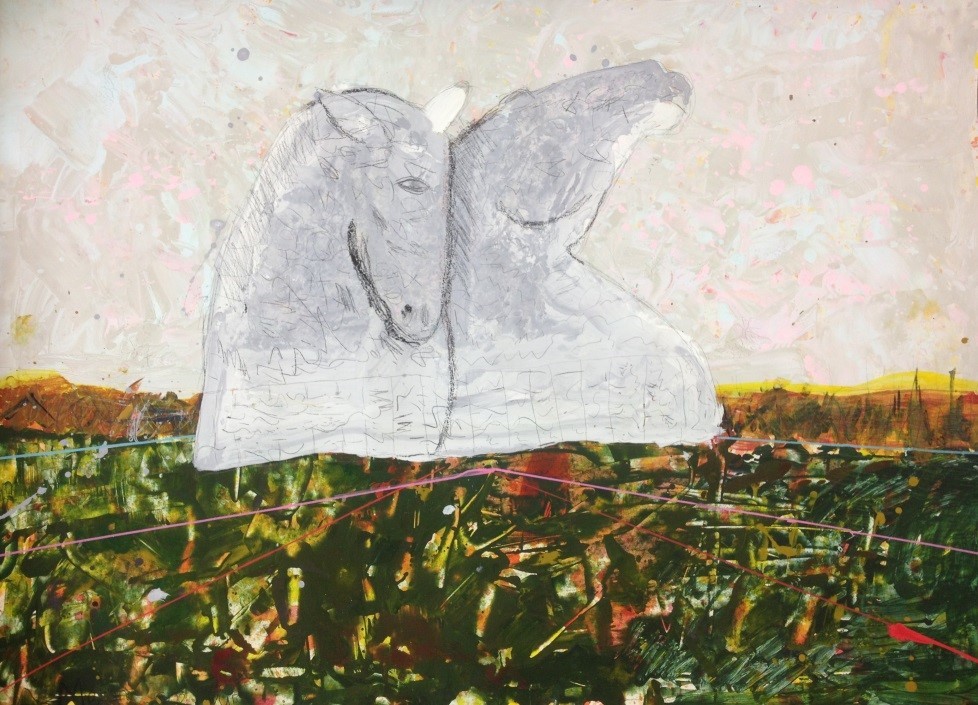
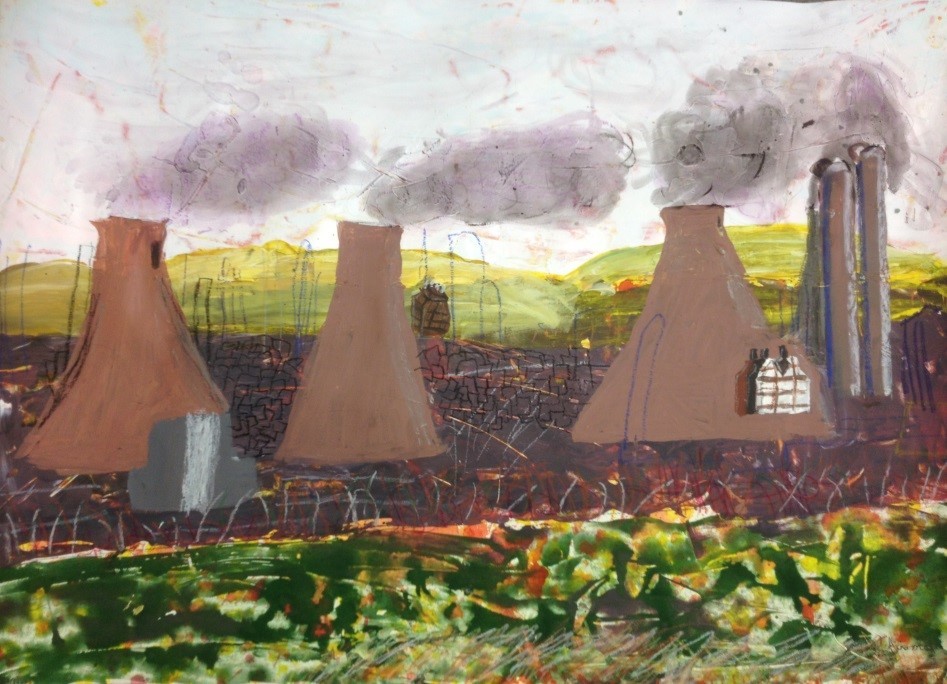
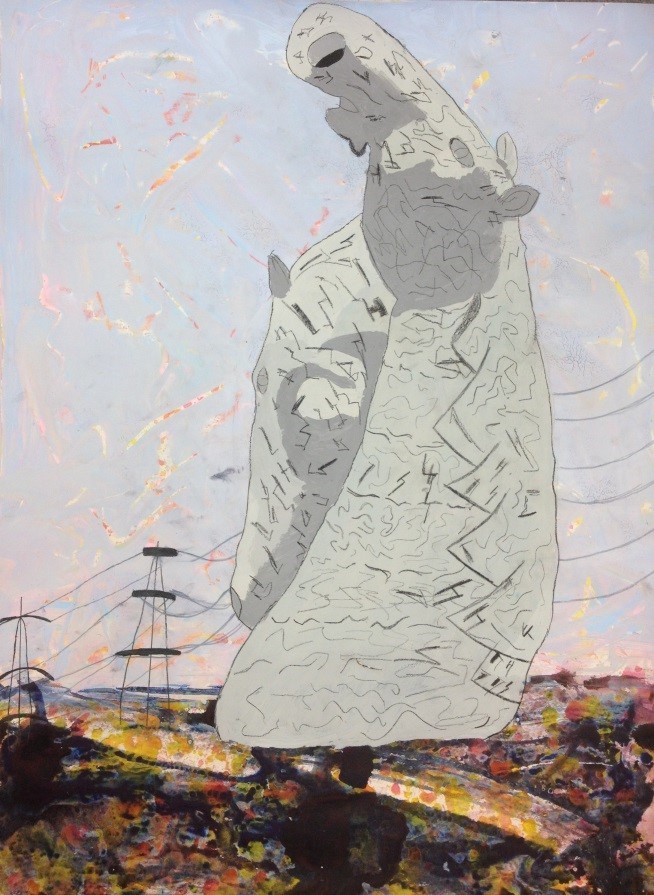





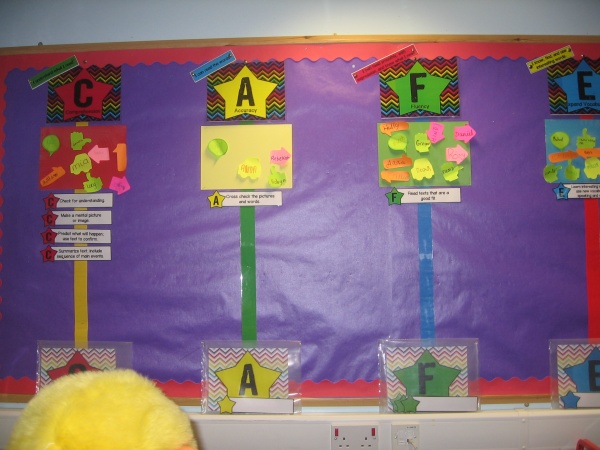

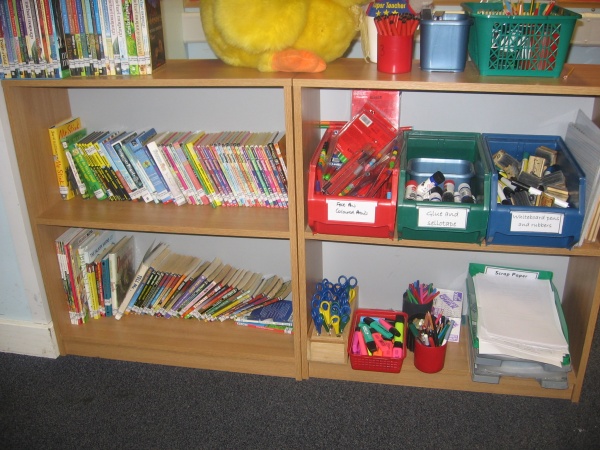
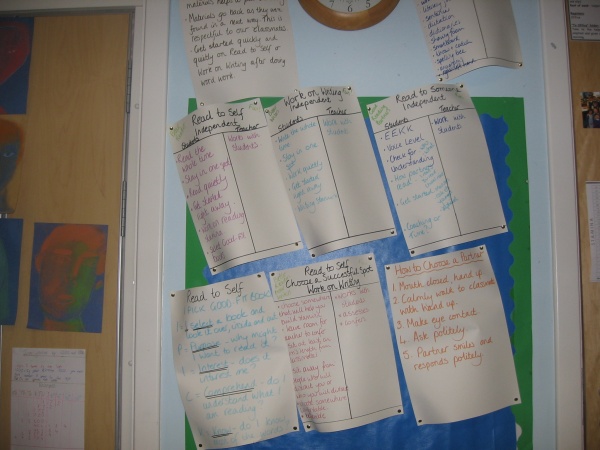
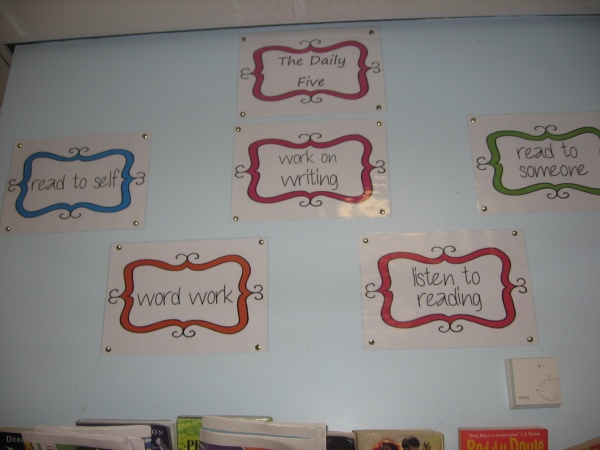
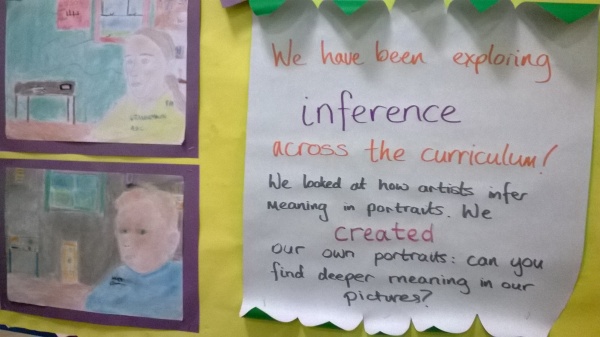


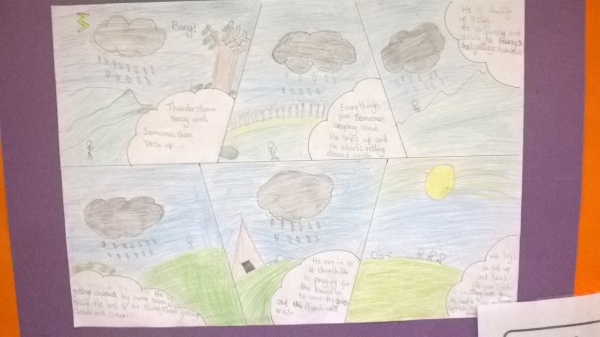
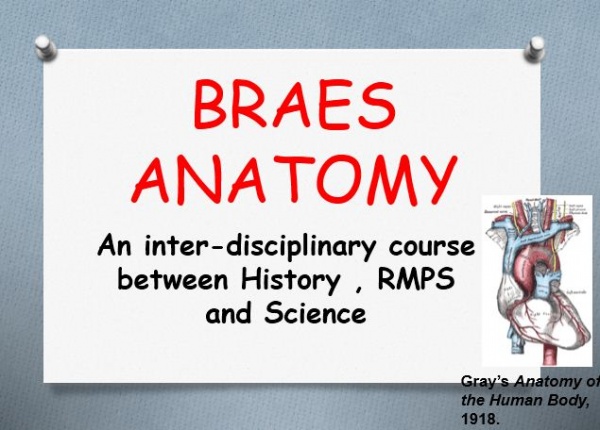


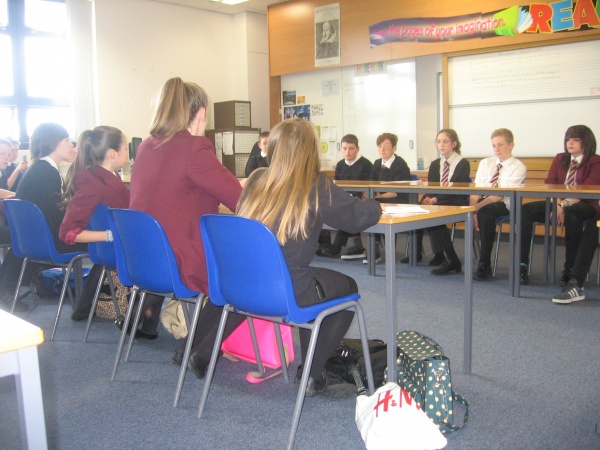


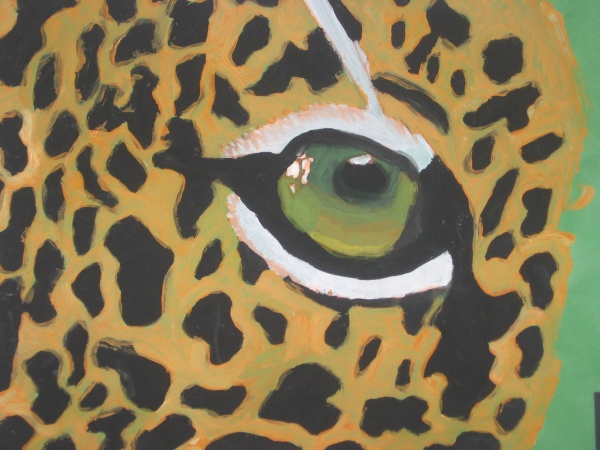


 Art work exploring Katie Morag, Robert Burns, Charles Rennie Mackintosh, and the local area showed very clearly how art & design teaching supported pupil learning about the culture and heritage of Scotland. The comments book at the exhibition was full of appreciative statements from visitors.
Art work exploring Katie Morag, Robert Burns, Charles Rennie Mackintosh, and the local area showed very clearly how art & design teaching supported pupil learning about the culture and heritage of Scotland. The comments book at the exhibition was full of appreciative statements from visitors.
